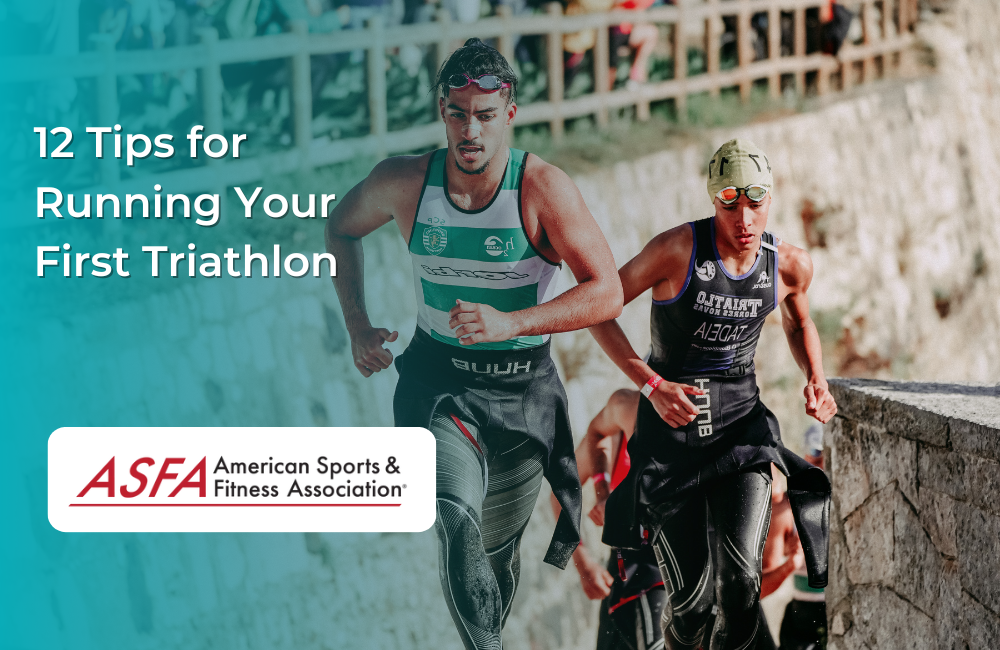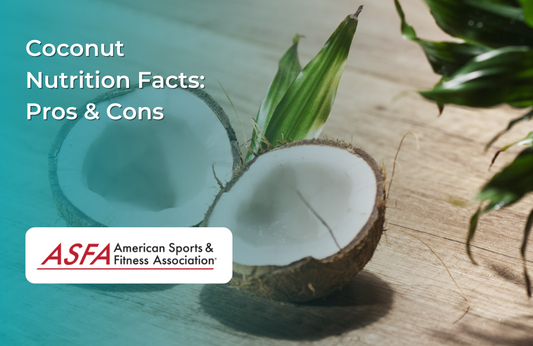Triathlon is a sport unlike any other, and learning how to do it properly can seem intimidating. But with some patience and dedication, anyone can learn the basics of this challenging but rewarding sport! Here are some tips to help make your first triathlon a success.
How to Get into Triathlon: Running Tips
Getting Started with Triathlon Training
Congratulations on taking the first step towards your triathlon journey! Getting started with triathlon training can be both exciting and intimidating, but with a clear understanding of what to expect, you’ll be well on your way to a successful first triathlon. Whether you’re aiming for a sprint triathlon or another distance, the key is to start with a solid foundation and build from there.
Assessing Your Fitness Level
Before diving into triathlon training, it’s essential to assess your current fitness level. This will help you determine where to start and how to progress. Consider the following factors:
-
Cardiovascular Endurance: Can you sustain a moderate-intensity workout for 30 minutes or more? This is crucial for all three triathlon disciplines.
-
Muscular Endurance: Can you perform exercises like push-ups, squats, and lunges with proper form? Strong muscles will support you through the swim, bike, and run.
-
Flexibility and Mobility: Can you move freely and comfortably in all three disciplines (swimming, cycling, and running)? Good flexibility can prevent injuries and improve performance.
Be honest with yourself, and don’t worry if you’re not where you want to be. Triathlon training is a journey, and you’ll have plenty of time to improve. Remember, everyone starts somewhere, and the most important thing is to keep moving forward.
Pick a Goal and Stick to It
● Pick a goal and stick to it by following structured triathlon training plans.
● Set a realistic time frame, such as six months or a year.
● Make sure you’re motivated to achieve your goal, or else you won’t be able to keep going when things get tough.
● Don’t worry about other people’s goals–they’re not your own! Instead, focus on yourself and what works best for your body and lifestyle. If something isn’t working out as planned, don’t be afraid to change course and try something new (like switching from biking to running).
Understanding Triathlon Distances
Triathlon distances vary, but most beginners start with a sprint triathlon, which typically consists of:
-
750m swim
-
20km bike ride
-
5km run
Understanding the distances will help you plan your training and set realistic goals. Remember, it’s not just about completing the distance; it’s about enjoying the journey and improving your overall fitness. As you progress, you might explore other triathlon distances, but starting with a sprint triathlon is a great way to get your feet wet—literally and figuratively!
Building Your Triathlon Skills
Now that you’ve assessed your fitness level and understand the distances, it’s time to build your triathlon skills. Focus on developing the essential skills required for each discipline to ensure you’re well-prepared for race day.
Essential Skills to Practice
-
Swimming:
-
Focus on proper technique, including body position, arm stroke, and kick. Efficient swimming can save energy for the bike and run.
-
Practice swimming drills to improve efficiency and endurance. Incorporate interval training to build stamina.
-
Get comfortable with open-water swimming and learn how to navigate buoys. Open water can be unpredictable, so practice in similar conditions to race day.
-
Cycling:
-
Practice proper bike handling, including starting, stopping, and turning. Confidence on the bike is crucial for a smooth race.
-
Focus on building leg strength and endurance through interval training. Hills and sprints can simulate race conditions.
-
Learn how to use clipless pedals and practice bike-to-run transitions. Efficient transitions can save valuable time during the race.
-
Running:
-
Focus on proper running form, including posture, foot strike, and breathing. Good form can prevent injuries and improve efficiency.
-
Practice running drills to improve efficiency and endurance. Incorporate tempo runs and long runs into your training plan.
-
Learn how to fuel and hydrate during long runs. Proper nutrition and hydration are key to maintaining energy levels.
Remember, building triathlon skills takes time and practice. Be patient, stay consistent, and you’ll be ready for your first triathlon in no time. By following these steps, you’ll be well on your way to a successful triathlon journey. Stay tuned for more tips and advice on triathlon training, gear, and nutrition.
Run with More Experienced Runners
It’s important to join a training session with a group of more experienced people than you. This will help you achieve your goals and get through the process without feeling overwhelmed.
1. Start Slowly, and Build Up Gradually
If you’re just starting, don’t expect to be able to run a marathon the first time you lace up your sneakers. Starting with a mountain bike can be a good option for beginners who are just getting into triathlon training. The same goes for triathlon training: begin with a plan tailored to your fitness level and skillset to achieve small goals (like running one mile without stopping). If there’s any doubt about whether or not you should sign up for a race or event, ask yourself these questions: “Is my goal realistic?” “Can I realistically train for this event?” If the answer is no–and especially if it’s both yes and no–it might be best not to sign up at all!
2. Rad About Triathlon Nutrition
Talk to your doctor about any concerns you might have about your diet. Proper nutrition and hydration are crucial during training sessions to ensure optimal performance and recovery. Nutrition is important for triathletes, so it’s worth researching the best foods to eat before and after races and during them.
After all, there’s no point in working so hard just so that your body can’t run off with its prize when the time comes!
3. Create a Triathlon Training Schedule
-
Create a training schedule that works for you, with plenty of rest days to keep you healthy and happy.
-
Having the right triathlon gear is essential to support your training schedule effectively.
-
Try not to overdo it. While it’s tempting when you’re feeling motivated, don’t try to cram too much into your schedule–you’ll end up burnt out or injured if you don’t take time off from training every now and then (and trust us: there will be times when this happens).
4. Practice Swimming in Open Water
Swimming in open water is different than swimming in a pool. When you swim in an enclosed space, like a pool or lake, there are no waves or currents to deal with (unless you’re in the ocean). One of the key challenges athletes face is at the swim exit, where managing dizziness and efficiently removing the wetsuit are crucial for a smooth transition to the next segment of the race. But when you race your first triathlon and find yourself out on open water, big differences can make it much more difficult than expected.
5. Don't Worry About Speed Initially
Don’t worry if other people are much faster than you when you’re out on the bike course; if they pass you while still riding, they’ll have to turn around again to finish their laps before you do! Remember, the ultimate goal is to reach the finish line and enjoy the experience.
If someone passes me while I’m running, I try not to think about it. I focus on my race and stop comparing myself with anyone else. There are many benefits of running alone:
-
You don’t have to worry about keeping up with anyone else (or getting left behind)
-
You get into a rhythm that’s comfortable for your body and personality type
-
You can enjoy being alone with your thoughts during this time
6. Train for Hills on the Bike Course
-
If there are hills on the bike course, train on hills long before race day so that it doesn’t catch you off guard during the event itself!
-
Using a race belt can help ensure your race number is securely attached and easily accessible, streamlining transitions and allowing you to focus on your performance.
-
Don’t worry about hills during race day; stay focused on staying within your heart rate zone and getting through each climb as quickly as possible (without going too fast).
7. Have Fun During Training - But, Stay Safe on Race Day!
Safety is important, but it’s also important to remember that training is supposed to be fun. So don’t let the safety talk scare you from trying a triathlon!
The most important thing is to have fun while you’re training. If you’re not enjoying yourself and having a good time, this may not be the sport for you (at least not right now). But if your heart is set on doing an event like this–and who wouldn’t want to try something new?–then some things will help make sure your first race goes smoothly. Participating in triathlon events can be a fun and rewarding experience.
8. You Don't Need to Be an Athlete to Run Your First Triathlon.
You can run a triathlon if you are in good shape and want the challenge of competing against yourself, your friends, and other people who share your passion for exercise and competition. Even a mountain bike can be used for your first triathlon, so there's no need to invest in a new bike until you're sure about continuing in the sport. The key is to train hard but not overdo it so you don’t burn out before the race begins.
9. Start Slow and Build Up Your Endurance
While you’re training for your first triathlon, it’s important to start slow and build up your endurance. Following a structured triathlon training plan can help you gradually build up endurance across swimming, cycling, and running. You could get injured or discouraged if you try too much too soon. Instead of going all out from the beginning, gradually increase the distance and intensity of each workout over time. For example:
-
Week 1 – Two 20-minute runs per week (total 40 minutes)
-
Week 2 – Three 20-minute runs per week (total 60 minutes)
-
Week 3 – Four 20-minute runs per week (total 80 minutes)
10. It's All About Endurance
It’s all about endurance in a triathlon, not being the fastest swimmer or runner. Structured triathlon training plans can help build the necessary endurance for the race.
You can be an amazing runner, but if you need more endurance to complete the entire race–which will take at least two hours–you won’t finish. The same goes for swimming: if you’re uncomfortable with open water, it might take a while to get through the 1-2 miles of swimming required by most races. And even if you are an excellent swimmer, if your body doesn’t have enough muscle strength and stamina for biking (another 40 minutes), then there’s no way that you’ll be able to finish either leg of your first triathlon without stopping multiple times along the way!
11. Focus On Your Own Goals
While running a triathlon can be a great way to meet new people and make friends, avoiding getting caught up in comparing yourself with other athletes is important. You may have heard that triathletes are a competitive bunch, which is true for some of them. But plenty of others enjoy getting out there and working hard at their own pace without worrying about what others are doing or saying.
Don’t worry about keeping up with others; focus on your goals. The emotional and motivational aspect of crossing the finish line is a significant milestone that encapsulates the joy and achievement of completing the race.
12. Wear Sunscreen and Proper Triathlon Gear
Protect yourself in the water, wear sunscreen no matter what time of year it is! Also, take breaks from the sun and reapply sunscreen frequently throughout the day. Be wary of your surroundings as well; many people forget the effects of harmful rays throughout their bodies and can end up with skin cancer after years of exposure! Take care of yourself now so that you can still enjoy living life later without worrying about looming health issues!
Conclusion
Well, there you have it–12 tips for running your first triathlon. We hope they make your journey into this exciting new sport easier!
Remember, having the right triathlon gear is crucial for a successful race, ensuring you are well-prepared and comfortable throughout the event.





